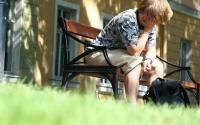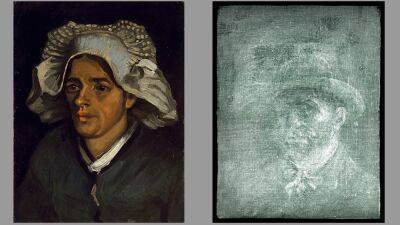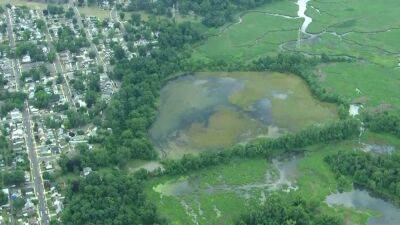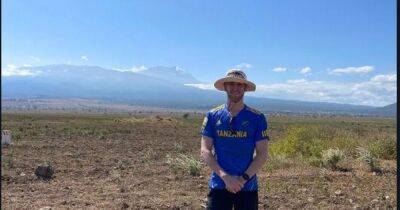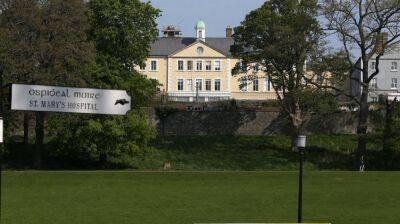Black Death mystery solved: China an epicentre for 14th century bubonic plague pandemic? What scientists say
coronavirus where we have Alpha, Delta, Omicron all coming from this strain in Wuhan," says Johannes Krause, a palaeogeneticist at the Max Planck Institute for Evolutionary Anthropology in Leipzig, Germany, who co-led the study, published in Nature.
Several years ago, Philip Slavin, an economic and environmental historian at the University of Stirling, UK, and a co-lead author of the study, suggested the disease's emergence might be linked to an unusual surge of deaths in a town in Central Asia in 1338-1339.
The cemeteries, known as Kara-Djigach and Burana, held an unusually high number of tombstones dated to 1338 and 1339, ten of which made explicit reference to a pestilence. “When you have one or two years with excess mortality, it means something funny is going on there," Slavin had said.
Drawing from the same study, scientists examined DNA from bodies found there. They found genetic fingerprints of the bacterium Yersinia pestis in individuals who had been buried with tombstones.











